Description
Vietnam’s Ho Chi Minh Museum is located in Hanoi. It was built in the 1990s to honor the late Vietnamese leader Ho Chi Minh and Vietnam’s revolutionary battle against foreign powers.
Ho Chi Minh complex houses the Ho Chi Minh museum. The museum chronicles Ho Chi Minh’s life through eight chronological exhibits. The first, between 1890 to 1910, was based on his childhood, hometown, and adolescence. The second exhibit focuses on the subsequent ten years of Ho Chi Minh’s life, during which he traveled the globe in search of a way to liberate Vietnam from colonial rule.
The next three exhibitions, which cover Ho Chi Minh’s life from 1920 to 1945, illustrate how he incorporated Marxism and Leninism into the founding ideas of the Vietnamese Communist Party, as well as his continuing pursuit of Vietnamese independence. Ho Chi Minh’s life from 1945 until his death in 1969 is covered in Exhibits 6 and 7. The final collection of displays focuses mostly on his role as a national hero and the nuances of his political career.
The museum contains a collection of national and international antiquities, miniatures, and presents of all kinds. In addition to Vietnamese, the museum gives textual descriptions in English and French as well. Guided tours are also available upon request.
- Entrance: 10,000 VND
- Hours: 8:00-11:30; 14:00-16:30; Monday closed
- Distance to city center: 0.9km (0.6 mi)
Exhibits of Ho Chi Minh Museum
The native land and family of President Ho Chi Minh
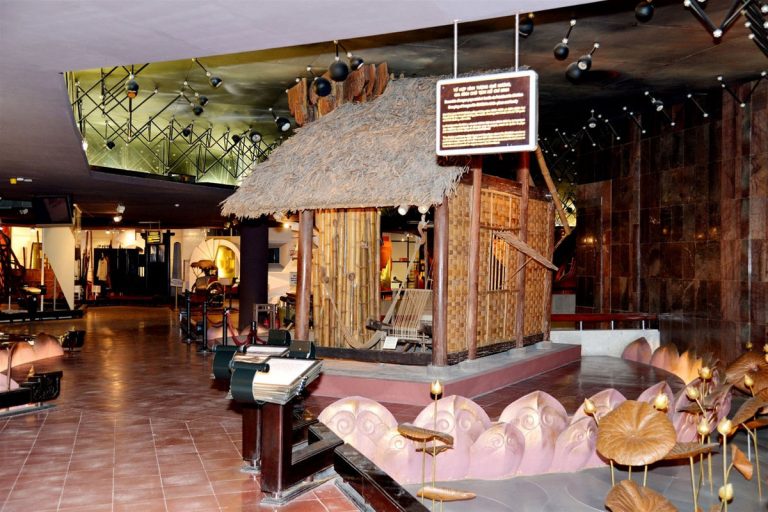
This set of spatial photographs illustrates President Ho Chi Minh’s birthplace and family in Kim Lien commune, Nam Dan district, Nghe An province. The land has a tradition of patriotism and fearless resistance to foreign invaders, as well as a tradition of diligence. Little Nguyen Sinh Cung (President Ho Chi Minh) was born and raised here from 1890 to 1895, 1901 to 1906, acquiring the rich traditions of his homeland and family before leaving to seek the path to national redemption.
Soviet Nghe Tinh
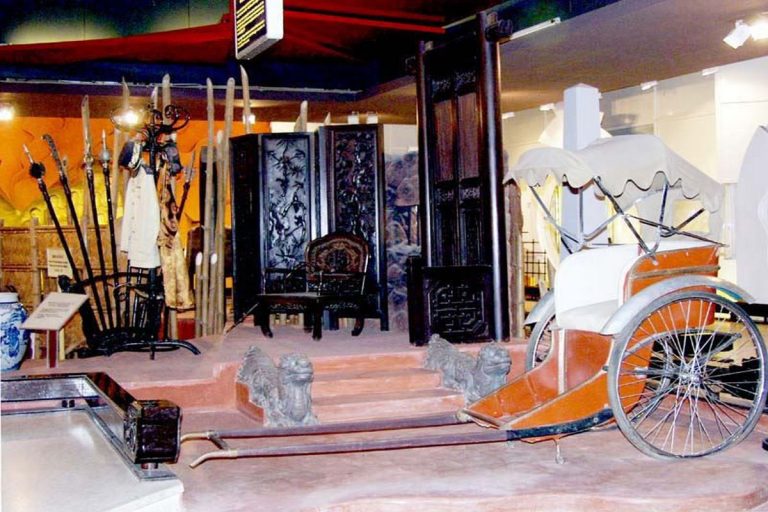
This combination of spatial pictures illustrates the first battle of the Vietnamese people under the Party’s leadership and its relevance to the Vietnamese revolution and the success of the August 1945 Revolution.
Revolutionary Pac Bo
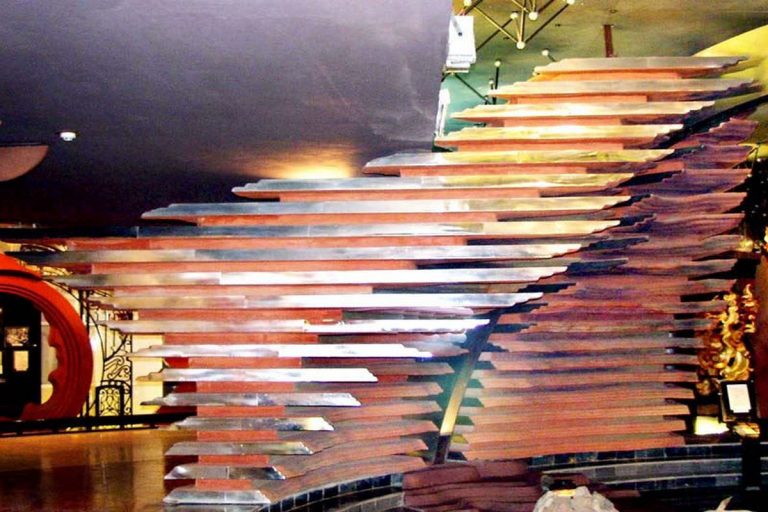
This combination represents Coc Bo Cave in Cao Bang province, where Nguyen Ai Quoc (Ho Chi Minh) resided and led the Vietnamese revolutionary movement from 1941 to 1945. The surrounding reliefs depict the revolutionary land’s significant places, from Pac Bo to Tan Trao.
Vietnam’s struggle and victory 1946 – 1954
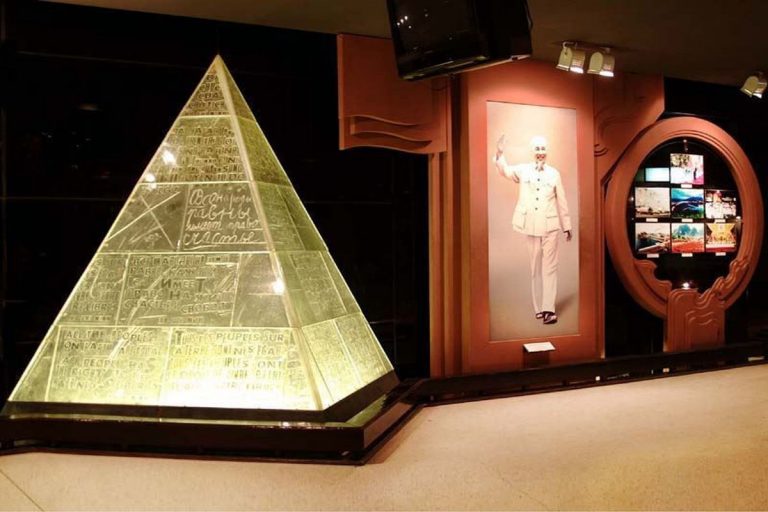
The combination is about the broad, lengthy, and independent war of resistance waged by the Vietnamese people under the leadership of President Ho Chi Minh and the Communist Party of Vietnam. It explains the line of resistance and national construction at the same time; the building and consolidation of the administration of the people, by the people, and for the people in the early days of the State; and the national strength that led to the triumph at Dien Bien Phu.
President Ho Chi Minh’s memorial pavilion
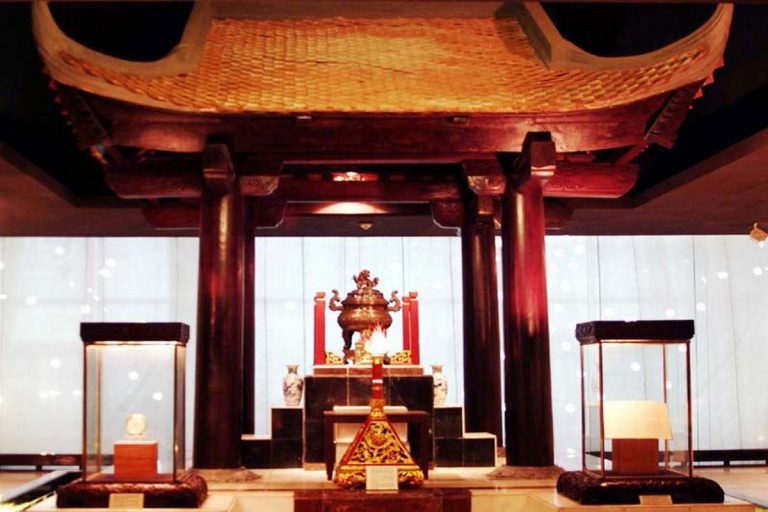
The memorial pavilion for President Ho Chi Minh and an exhibition of his funeral are featured prominently in the museum’s exhibit. In addition to the displayed documents and artifacts in this part, a symbolic shrine symbolizing Hanoi’s fall sky in the early days of September 1969 is located behind the blue sky with persistent raindrops. This is due to the fact that from September 2, the day President Ho Chi Minh died, through the next five days and nights in Hanoi, it rained nonstop and shared an endless sadness with the Vietnamese people. On the right side of this symbolic monument, adjacent to ribbons of sadness received from around the world, are metal bands depicting tears that have been inlaid. And around the wall of this part are garlands that are artistically rendered to mimic thousands of garlands.
Vietnam’s struggle and victory 1954-1975
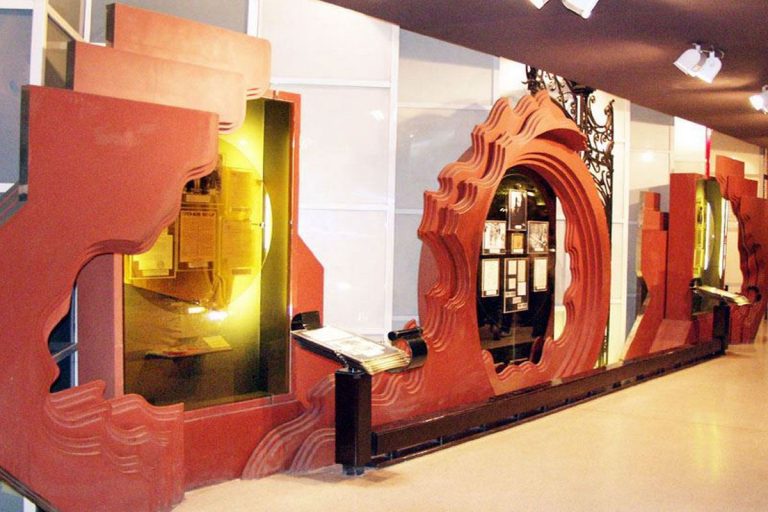
The resistance war against the American invasion and the victory in the spring of 1975 are creative representations of the combat process and victory of the Vietnamese people in the resistance war for national liberation. This resistance struggle lasted thirty years between 1954 and 1975. Typically, this process is represented by the symbol of a lotus with layered petals, where each layer and petal reflects a distinct historical element.
Gallery / Photos
Working Hours
- Monday 8:00 AM - 12:00 PM2:00 PM - 4:30 PM
- Tuesday 8:00 AM - 12:00 PM2:00 PM - 4:30 PM
- Wednesday 8:00 AM - 12:00 PM2:00 PM - 4:30 PM
- Thursday 8:00 AM - 12:00 PM2:00 PM - 4:30 PM
- Friday 8:00 AM - 12:00 PM2:00 PM - 4:30 PM
- Saturday 8:00 AM - 12:00 PM2:00 PM - 4:30 PM
- Sunday 8:00 AM - 12:00 PM2:00 PM - 4:30 PM
Location / Contacts
- Address : 19 P. Ngọc Hà, Đội Cấn, Ba Đình, Hà Nội 100000, Vietnam
- Phone : +842438463757
- Mail : truyenthong.bthcm@gmail.com
- Website : https://baotanghochiminh.vn/

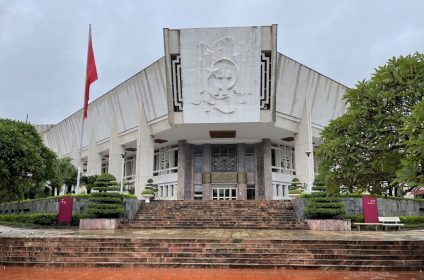
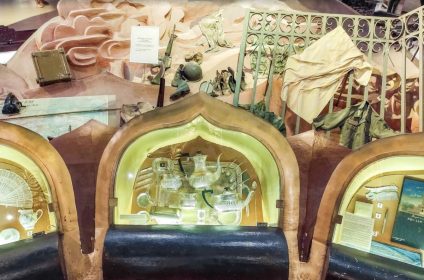
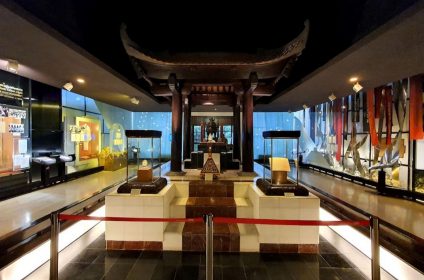
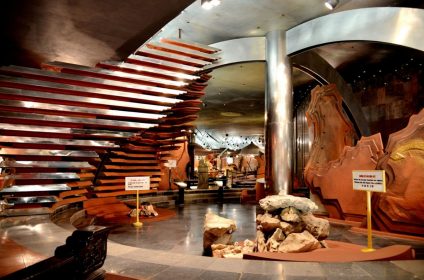
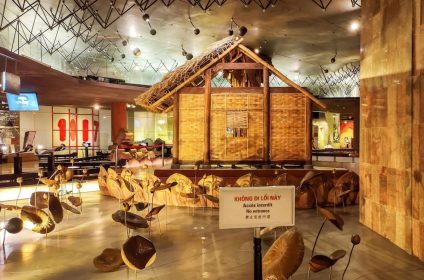
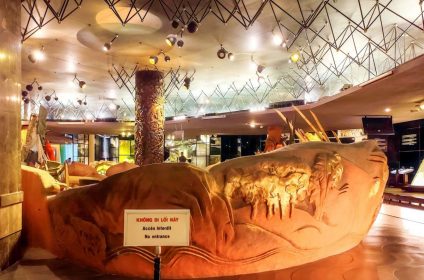
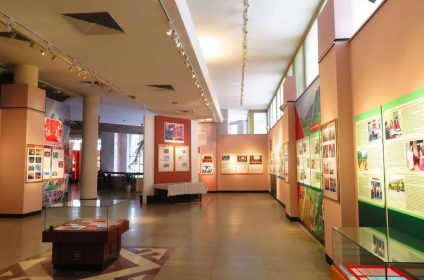
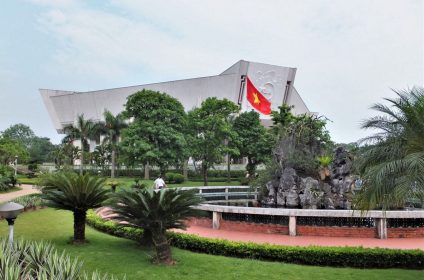
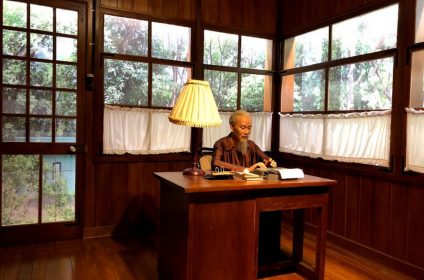
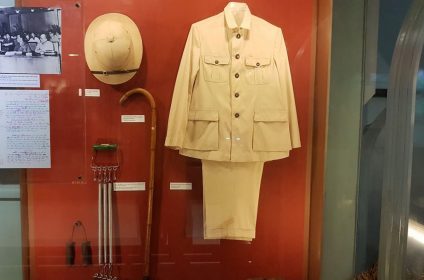
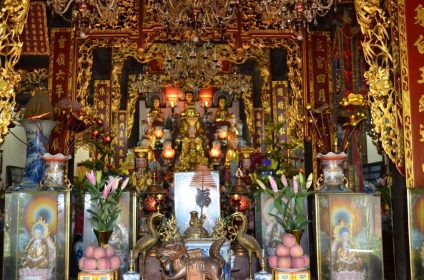
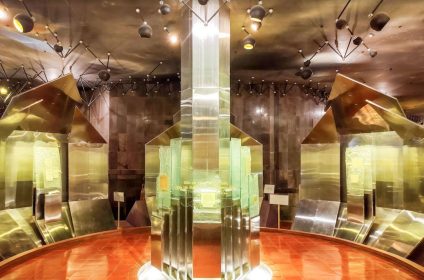
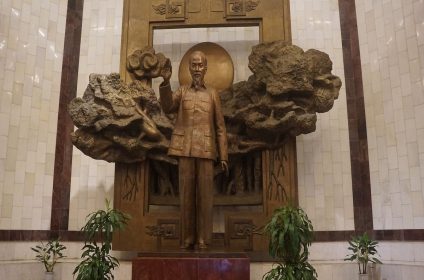
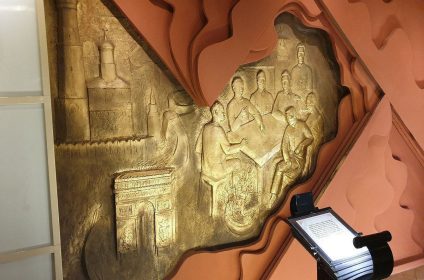
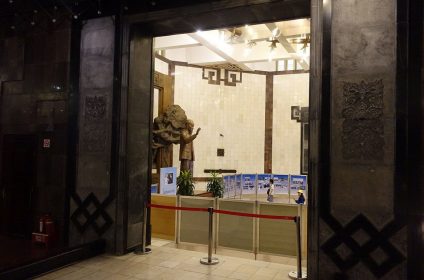
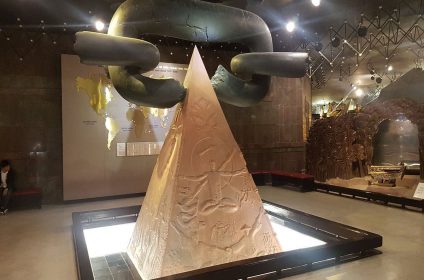
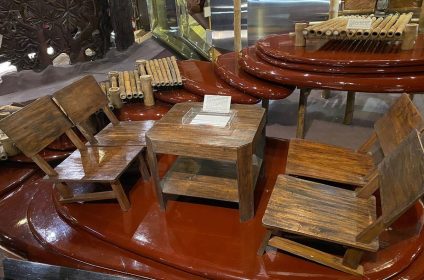
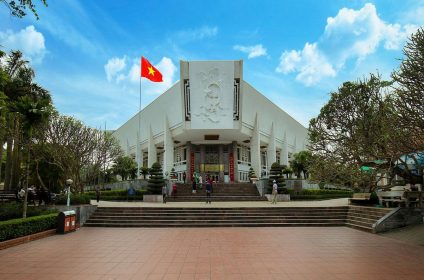
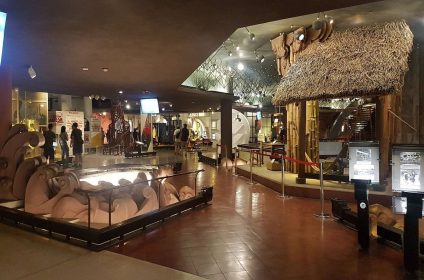


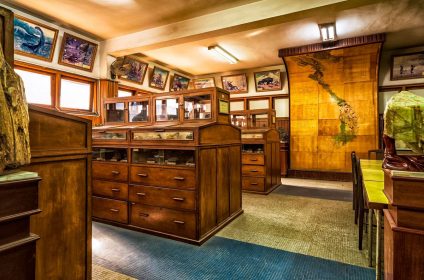

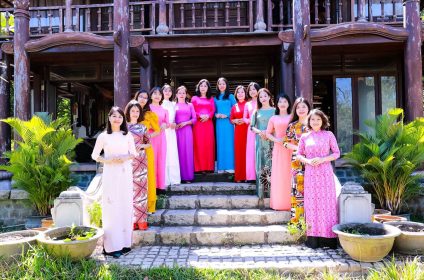
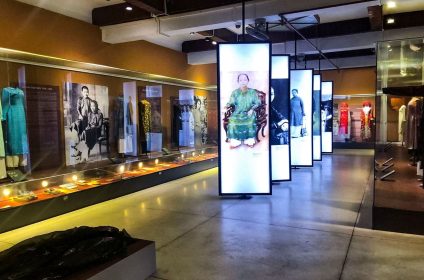










Add Review